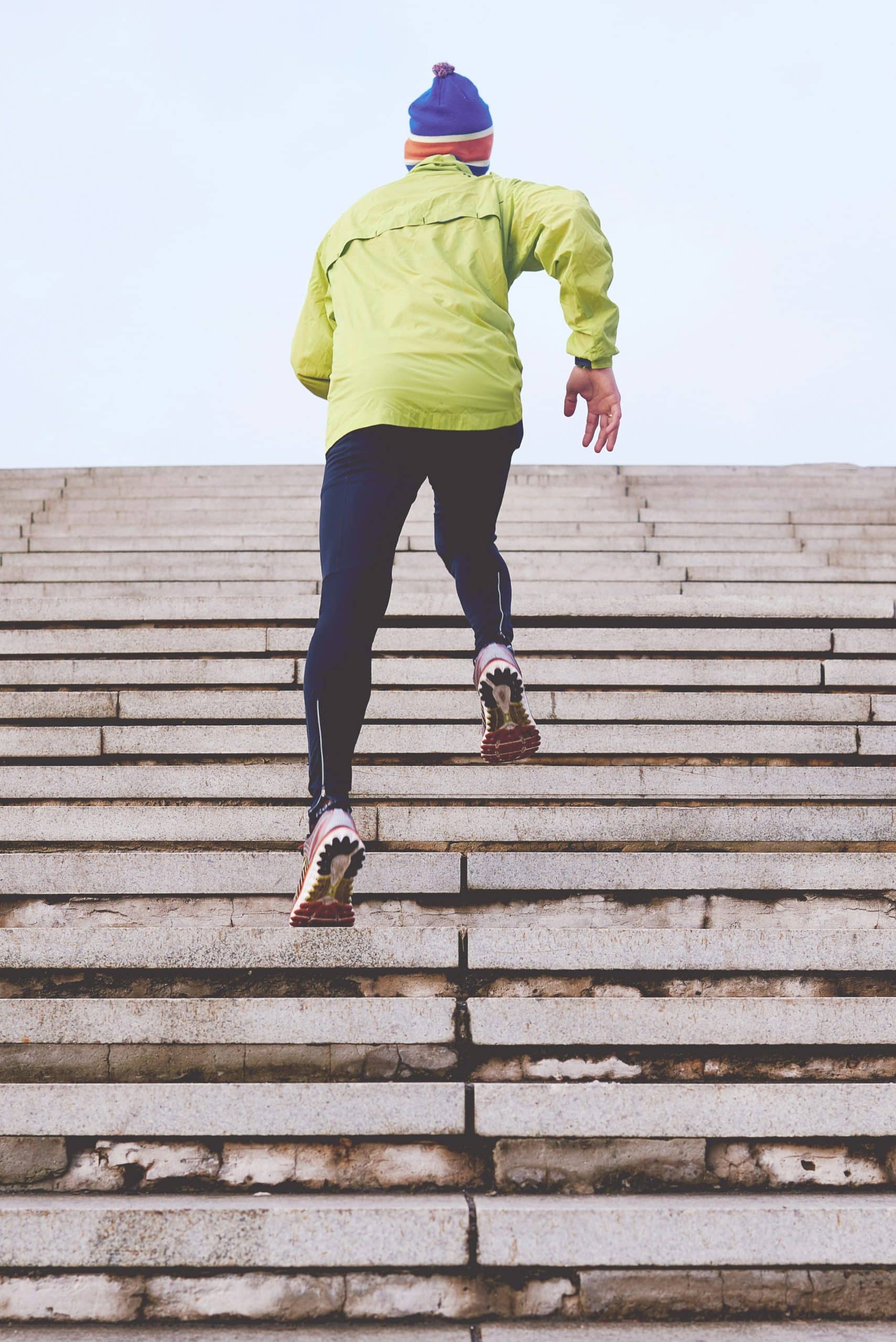What’s the Most Effective Way to Develop Core Strength in Competitive Divers?

As we dive into the watery world of swimming, one aspect stands out amongst the rest – the vital importance of core strength. As is the case with all athletes, swimmers require well-rounded strength and conditioning programs to reach peak performance. However, the water-based nature of swimming presents unique challenges and benefits to this endeavor. To better understand how to enhance a swimmer’s performance, we’ll take a deep dive into the different ways to develop core strength in competitive swimmers, the benefits of such training, and the factors that influence its effectiveness.
The Importance of Core Training for Competitive Swimmers
Let’s kick off by discussing why core training is so vitally important for competitive swimmers. The core, which includes the muscles of the abdomen, lower back, and hips, plays a key role in maintaining body position and alignment in the water, which can make a significant difference in a swimmer’s performance. A strong core can help a swimmer maintain a streamlined position in the water, improving efficiency and speed. It also provides a firm base for the powerful movements of the arms and legs.
Lire également : How to Build a Balanced Training Schedule for Biathletes in the Pre-Season?
But it’s not just about power. Core strength is crucial for stability and control in the water, helping swimmers to maintain their balance and reduce the risk of injuries. Through targeted exercises, swimmers can enhance their core strength, leading to improved performance in the water.
Exercises to Build Core Strength in Swimmers
Now you understand why core strength is so important for swimmers, let’s delve into the various exercises that can help develop this vital component of swimming performance. Many core exercises can be done on dry land, allowing swimmers to effectively train their trunk muscles even when they’re not in the water.
Cela peut vous intéresser : What Are the Latest Advances in Surface Science for Track Athletes’ Shoes?
Plank: This is a popular exercise among athletes, and for good reason. The plank not only strengthens the core muscles but also enhances stability. To perform a plank, assume a push-up position, but rest your forearms on the ground. Keep your body in a straight line from head to heels, and hold this position for as long as possible.
Russian Twist: This movement works the obliques and helps improve rotational strength, which is crucial for strokes like the freestyle and backstroke. Sit on the ground with your knees bent, pull your abs to your spine, and lean back a few inches while keeping your back straight. Hold your hands at your chest, and then twist your torso to the right, then to the left to complete one rep.
Swiss Ball Jackknife: This challenging exercise targets the entire core. Begin in a push-up position with your shins resting on a Swiss ball. Keep your body straight, then use your abs to draw your knees toward your chest. Roll the ball back to the starting position and repeat.
Incorporating Resistance Training in Core Workouts
Resistance training is a key component of effective core workouts for swimmers. It involves performing exercises against an opposing force. This can be achieved by using tools like resistance bands and weights, or by leveraging the body’s own weight.
When incorporated into core exercises, resistance training can significantly enhance the development of core strength. For example, a plank can be made more challenging – and therefore more effective – by placing a resistance band around the ankles or adding a leg lift. In the same way, performing Russian Twists with a medicine ball can increase the resistance and thus the intensity of the workout.
Resistance training also allows for progressive overload, which is crucial for continuous improvement. By gradually increasing the resistance over time, swimmers can continue to build their core strength and improve their performance.
The Role of Flexibility and Mobility in Core Training
Finally, we need to address the role of flexibility and mobility in core training for swimmers. Flexibility refers to the ability of a muscle to lengthen, while mobility is the ability to move a joint through its full range of motion.
Both flexibility and mobility contribute to the effectiveness of a swimmer’s core training. A flexible and mobile core allows for greater range of motion in the water, which can improve stroke efficiency and speed. It also reduces the risk of injuries that can occur due to the repetitive nature of swimming strokes.
Exercises such as yoga and Pilates can be very beneficial for improving core flexibility and mobility. These modalities focus on controlled movements and stretches that target the core muscles, enhancing both strength and flexibility. Regular practice can lead to significant improvements in a swimmer’s performance.
In summary, core strength is a vital component of a competitive swimmer’s performance. Incorporating core exercises, resistance training, and flexibility and mobility work into a well-rounded training program can significantly enhance a swimmer’s speed, efficiency, and overall performance in the water.
Strength Training Interventions for Competitive Swimmers
Strength training is a crucial part of any athletic regimen, and swimming is no exception. As per Google Scholar, strength training interventions targeting the core muscles can significantly enhance a swimmer’s performance. These targeted training interventions can not only improve power and speed but also enhance stability and control in water, thereby reducing the risk of injuries.
Let’s go through some of these interventions:
Front Crawl: A staple in any swimmer’s training repertoire, the front crawl is known for its effectiveness in strengthening the core. It demands a strong core for maintaining body position and alignment in the water. Also, it can be performed on dry land with bands simulating the resistance of water.
Trunk Extension: This exercise targets the lower back muscles – a critical part of the core. By strengthening these muscles, swimmers can maintain a streamlined position in the water for longer periods, improving their overall performance.
Upper Body Workouts: While it may seem counterintuitive to focus on the upper body for core strength, these exercises can actually enhance the function of the core muscles. Push-ups, pull-ups, and bench presses can all contribute to a stronger core by promoting stability and control.
These exercises and interventions, when incorporated into a swimmer’s regular training routine, can contribute to the development of core strength. As various studies on PubMed Google confirm, such training interventions can lead to noticeable improvements in swimming performance.
Conclusion
As we have seen, core strength plays a vital role in the performance of competitive swimmers. It aids in maintaining body position, enhancing speed, promoting stability, and reducing the risk of injuries.
Core training, involving varied exercises like planks, Russian twists, Swiss ball jackknives, and the front crawl, can effectively develop these core muscles. The addition of resistance training to these core exercises can further enhance their efficacy, as can the incorporation of exercises for flexibility and mobility.
Research from Olivier Poirier and Poirier Leroy, available on Google Scholar and PubMed Google, affirms the effectiveness of these training interventions. Not just in theory, but also through practical implementation, we can see how a focus on core strength can boost the performance of competitive swimmers.
In conclusion, a comprehensive training program for swimmers should not neglect the importance of core strength. Be it on dry land or in water, incorporating core exercises, resistance training, and exercises for flexibility and mobility can lead to significant improvements in swimming performance. As the saying goes, "the strength of your core is the power of your stroke". So, let’s dive in and strengthen that core!
